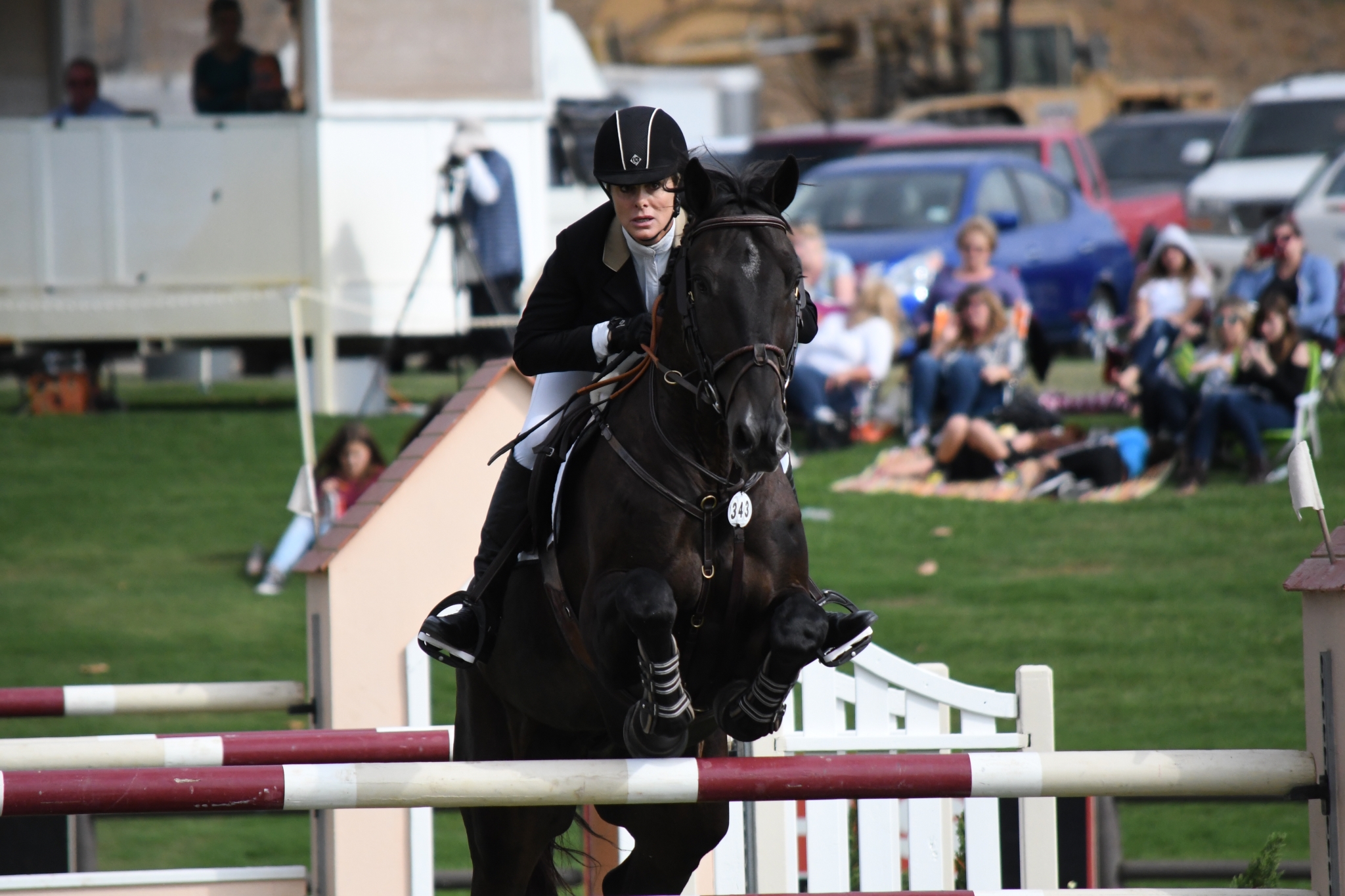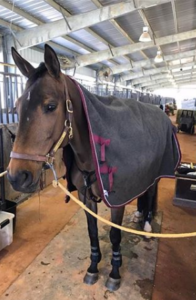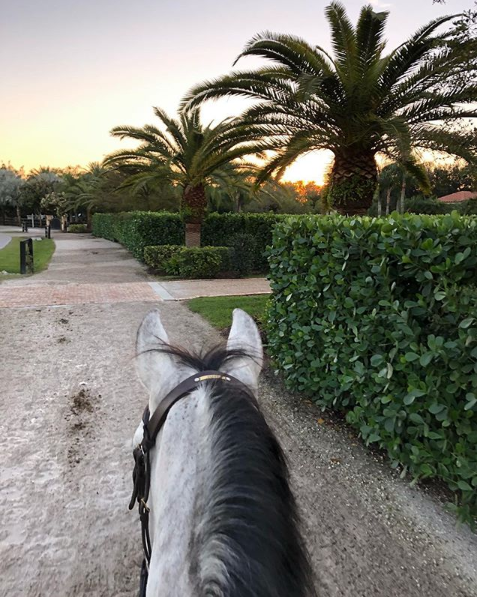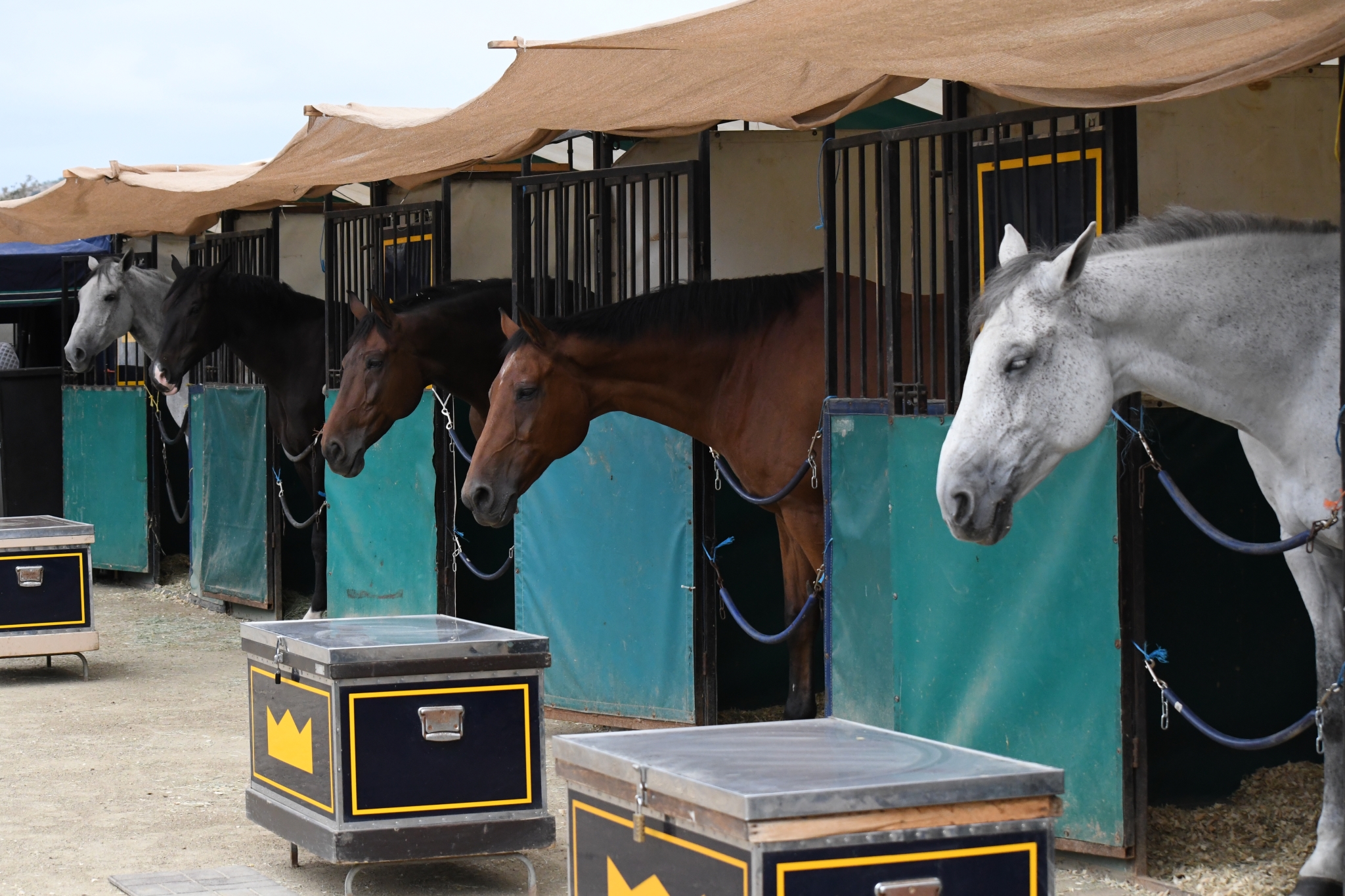
Best of JN: Michael Tokaruk Talks Rest & Recovery After High-Performance Classes
Back to back weeks of competition can be thrilling, but they also pose some concerns when it comes to the well-being of these high-performance horses. Michael Tokaruk shared some of his go-to methods for preparation and recovery in regards to his horses.
With the winter circuits going strong all across the globe, the biggest and the best horse and rider pairs are putting their best foot forward in some of the most prestigious classes of the year. Back to back weeks of competition can be thrilling, but they also pose some concerns when it comes to the well-being of these high-performance horses. Michael Tokaruk shared some of his go-to methods for preparation and recovery in regards to his horses in this week’s Draper Therapies sponsored post.
Being Proactive
It takes a lot of work to prepare our horses for competition, especially in these larger Grand Prix settings. Michael stresses that your training program prior to the show will not only benefit their performance in the class but will also help with the recovery process afterward.
“I think that recovery from a big class for a horse begins with preparation. A horse that is fit and in good health to perform the job being asked of it is going to have a much easier time recovering from a big event than one who is not as well prepared.”

Photo by Alissa King / JN
Finding the right training program for your horse will depend on each horse’s needs. Seasoned horses may not need as much fine-tuning, while greener horses may need to perform more exercises to help ready them for the show-ring. No matter what regime you choose, it is essential that you take extra time to monitor your horse’s condition before and after each ride.
“I think that the horses have to be carefully managed and monitored while you are gearing them up for a big class so that small problems don’t become aggravated by the extra demand,” shared Michael. “They need to jump enough in the weeks and months beforehand that they are jumping fit, but not so much that they get sore or unsound because of it.”
Beneficial Therapies
“A lot of the therapies that we use after a horse jumps a big class are the same ones we use on a daily basis in the barn whenever a horse jumps or works hard,” Michael reflected. “I’m a fan of the compression ice boots, as they are easy to use and they do a great job of drawing heat and inflammation out of the leg shortly after a horse has cooled out from the ride. I usually use them on my horses whenever they jump, immediately after the horse has his legs washed and would certainly do this after a big class as well.”
Another rapidly growing therapy tool that Michael believes in and utilizes after his horses compete is pulsed electro magnetic field or PEMF. “I believe in the Magna Wave so much that I invested in one for my business to keep the horses feeling their best,” said Michael.
In addition to compression ice boots and Magna Wave, Michael makes it a point to pack his horses’ feet after jumping, especially in settings where the footing is particularly hard. He winds his post-workout traditions down with a thorough once-over of the horse before wrapping their legs with the Draper Therapies No Bow Wraps.

In addition to Draper’s No Bow Wraps, Michael’s horses also enjoy the benefits of Celliant® with Draper’s line of Coolers. Photo courtesy of Michael Tokaruk.
“Not only do they provide the support and compression that traditional wraps do, but the Celliant® fiber in the wraps reflects body heat to keep the legs a proper temperature to promote healing,” Michael said of Draper’s wraps. “The horses don’t seem to get too hot and sweat under these wraps, so I can use them even in the summer, or here in Florida all winter when other wraps can make them sweat and become uncomfortable or create other problems.”
Downtime
While downtime is important after your horse has physically exerted himself, movement is also key to staying in tip-top shape. “I think movement is really important for a horse’s overall health and their recovery. Generally, after a big class, I won’t give them a complete day off, but it will certainly be lighter,” Michael stated.

Many of Michael’s horses enjoy light hacks while they recover from a high-performance class. Photo courtesy of Michael Tokaruk
A typical light day for his horses may consist of a trail ride, tack walk or time on the treadmill. If turnout is an option, his horses will go out to graze and stretch their legs in a more natural setting. Just like humans, each horse is going to have different needs, and Michael emphasized the importance of tailoring not just the training program, but also the recovery program accordingly.
“How long they stay in light work, depends a lot on the horse; their age, disposition and so forth. An older horse may get more time off or in light work because he knows his job, and maybe soundness is a consideration with his age. A younger horse may require less time off and be better served getting back into training to continue learning, and some horses thrive on work, while others mentally need a bit more downtime. I think if you know your horses, they tell you what they need.”
Hydration is Key
Especially for riders who have retreated to warmer clients for the winter, hydration should always be a concern when your horse is in strenuous work. To counteract dehydration, Michael provides his horses with a daily electrolyte supplement to encourage drinking.
The most important thing is to keep water accessible at all times. “I try to give the horses as much access to water during the class as I can. If time permits they go back to their stall between rounds, if not we offer them a drink at the ring,” he commented.
Michael stresses the importance of knowing your horse and their routines, especially with hydration in mind. Be watchful of a horse whose intake changes dramatically. Catching slight changes in a horse’s behavior can help you address small issues before they develop into something much more serious.

Photo by Alissa King / JN
At the end of the day, we all have methods that work for us, but it is important to have a plan set in place to help your horse stay happy and comfortable, especially after strenuous competition. Michael sums it up best with this closing remark: “It is a satisfying feeling seeing a horse content in its stall with plenty of hay and clean water, especially after they have worked so hard jumping a big class for me.”






Leave a Comment